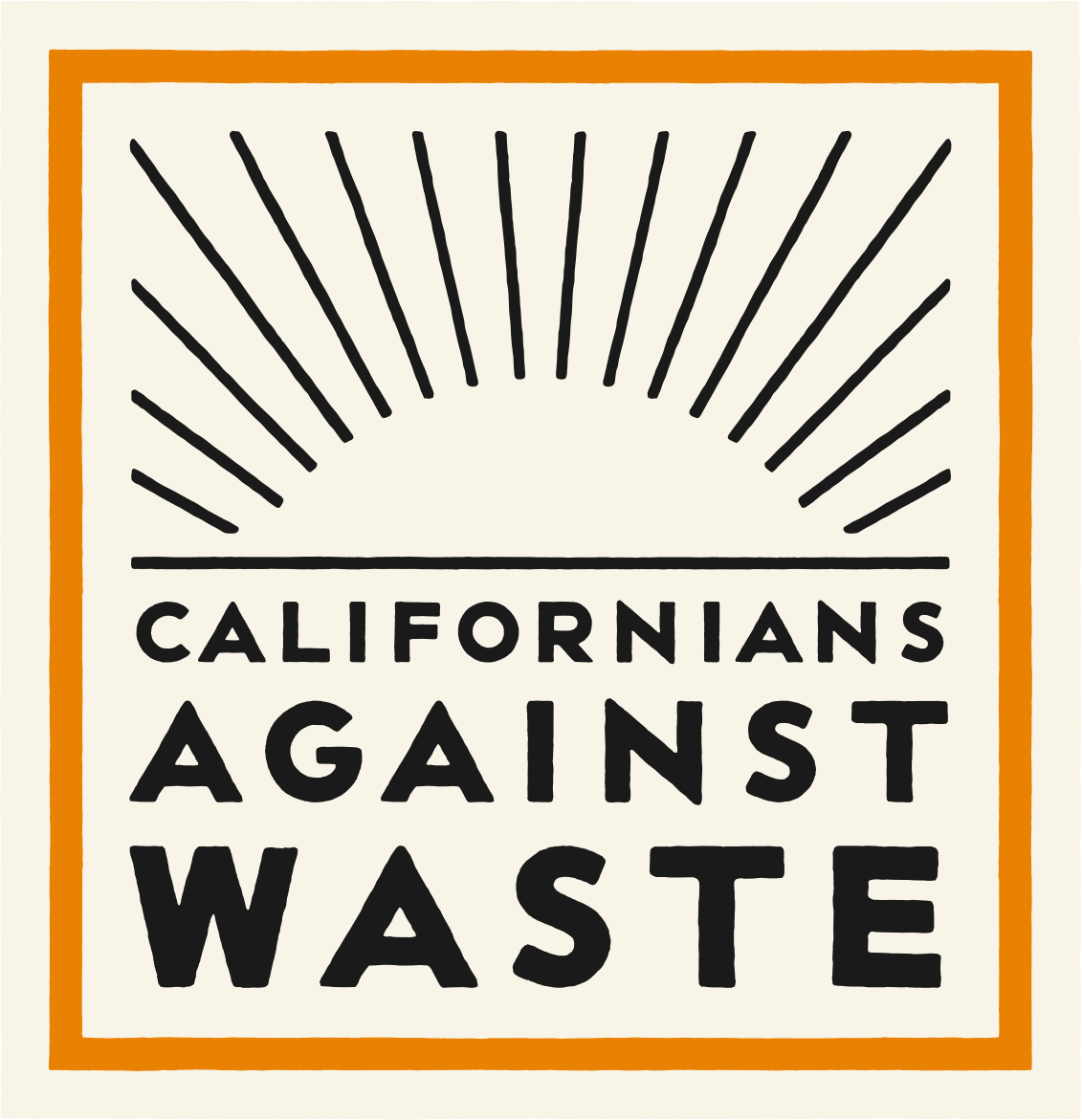The Problem
The environmental, public health and social costs of plastic production and pollution are staggering and will continue to grow. We are at a turning point in the crisis of plastic pollution: take action to redesign products and reduce our consumption, or allow the problem to worsen with fewer opportunities to recycle.
Since the 1960s, plastics production has increased twenty fold and today more than 300 million tons of plastic waste is generated every year around the globe. In 2019, annual global production of plastic is projected to exceed 376 million tons.
In the US, single-use plastic products and packaging account for 57% of plastic annually discarded. Even in California the recycling rate for all single-use plastic items remains less than 15% overall.
A recent analysis projects that upwards of 32% of plastic packaging ‘leaks’ directly into the environment.
Without urgent and bold action, projections estimate that by 2050 there will be more plastic in the ocean than fish by weight
Research has found plastic pollution to be present in 94% of tap water samples from the US, 93% of bottled water, 90% of table salt, as well as 25% of fish and 33% of shellfish from a California fish market. A recent study has even found microplastics in human feces.
Plastic production is projected to account for 20% of global fossil fuel consumption and 15% of CO2 emissions by 2050.
China’s recent action (National Sword) to stop accepting contaminated and poorly sorted plastics has highlighted the need to rethink our current recycling system which has historically relied heavily on overseas markets.
Not all plastic is created equal. While most PET (#1) and HDPE (#2) plastic bottles and containers can, with proper incentives, be sustainably recovered and recycled over and over (closed loop recycling), most other plastic has not come close to demonstrating this potential.
#CAMustLead
Plastic Bags
California voters banned single-use plastic bags by a large margin with Prop 67 in the 2016 General Election, following the passage of 151 local ordinances and state legislation that the industry attempted to overturn.
Takeout Food Packaging
Building on the success of over 120 local ordinances, the California Legislature passed the Sustainable Food Packaging Law (SB 1335) which will require all state park, beaches, universities and other facilities to use only recyclable, reusable, or compostable food packaging. The legislature also enacted legislation (AB 1884) to require that straws only be served upon request.
California Bottle Bill
Since enacted in 1987, the Bottle Bill- the beverage container deposit system- has proven to be one of the most successful and cost effective recycling and pollution reduction programs in North America. More than 362 billion beverage containers have been recycled, including more than 10 million tons of aluminum, glass and plastic containers.
Fighting Greenwashing
California’s Environmental Marketing Claims Act and it’s subsequent revisions have led the country in cracking down on false and misleading environmental claims, including unsubstantiated claims of recyclability and degradability. California’s Attorney General and local District Attorneys have secured settlements of over $3,000,000 with companies like WalMart and Amazon that sold illegally labeled products.
Recycling Investment
California Climate Investments have funded over $100 million in projects to manufacturer products with recycled content and to invest in composting and food recovery. Additionally the state offers low interest loans, bond financing, and a sales tax exemption for recycling businesses. These projects not only offer some of the most cost-effective greenhouse reductions, but also create jobs.
Recycling Markets
Programs like CA’s Plastic Market Development Payment Program have helped develop California markets for recycled materials. The program provides financial incentives (up to $150 per ton) to entities that process empty plastic beverage containers from CA, and CA manufacturers using that plastic to produce a new product within the state. Additionally, the state has developed strong markets for materials by requiring recycled content in many types of products.



